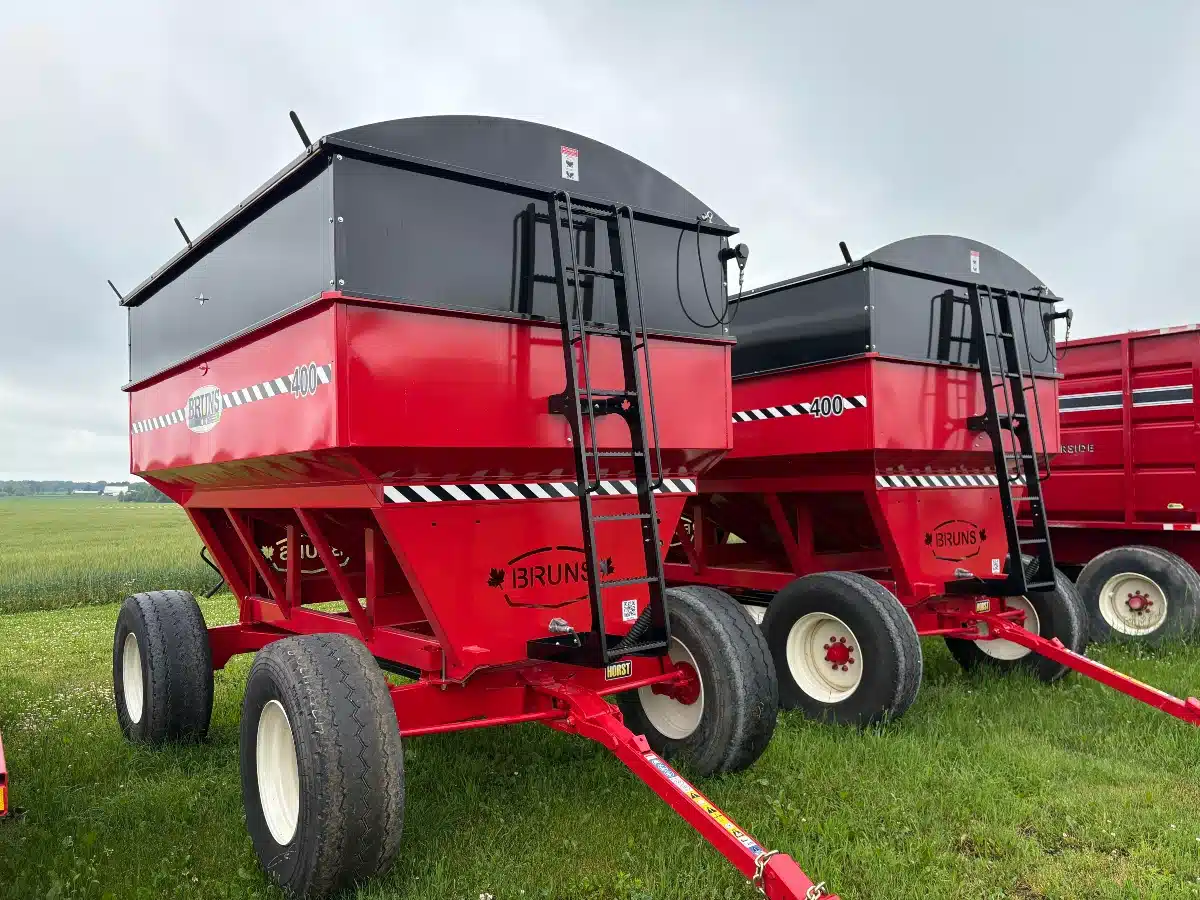
Tag Archives grain storage

Digvir Jayas, renowned scientist and professor emeritus from the University of Manitoba, invited to receive the Order of Manitoba this July
Inspired by his youth on a farm in India, Digvir Jayas set out to address a perennial problem for farmers

Canola storage requires continued vigilance
Using fans and taking care during canola harvest can help prevent hot canola and spoilage issues

Grain entrapment safety non-negotiable, experts say
Grain entrapment is a critical concern across the agricultural industry, since it only takes a few seconds for people to be engulfed

Farm growth pushes farmers to bring grain handling and conditioning home

Avoiding grain spoilage when temperatures get wild
Grain storage advice for when winter swings from extreme cold to unseasonably warm

U.S. farmers face harsh economics with record corn supplies in silos
Growers miscalculated when they held on to corn rather than booking sales, experts say

War teaches Ukrainian farmers tough lessons
As the war approaches its second anniversary, the farmers who adapted earliest have been in the best position to survive

Storage strategies change with bigger bins
As storage systems have grown, more attention is needed to keep crops safe

Russia destroyed 300,000 tonnes of grain since July in attacks, Kyiv says
Port damage cuts export potential 40 per cent, deputy PM says

Snuffing out grain storage problems before they begin
Grain is an excellent insulator that can hold warmth and moisture, so management is key











